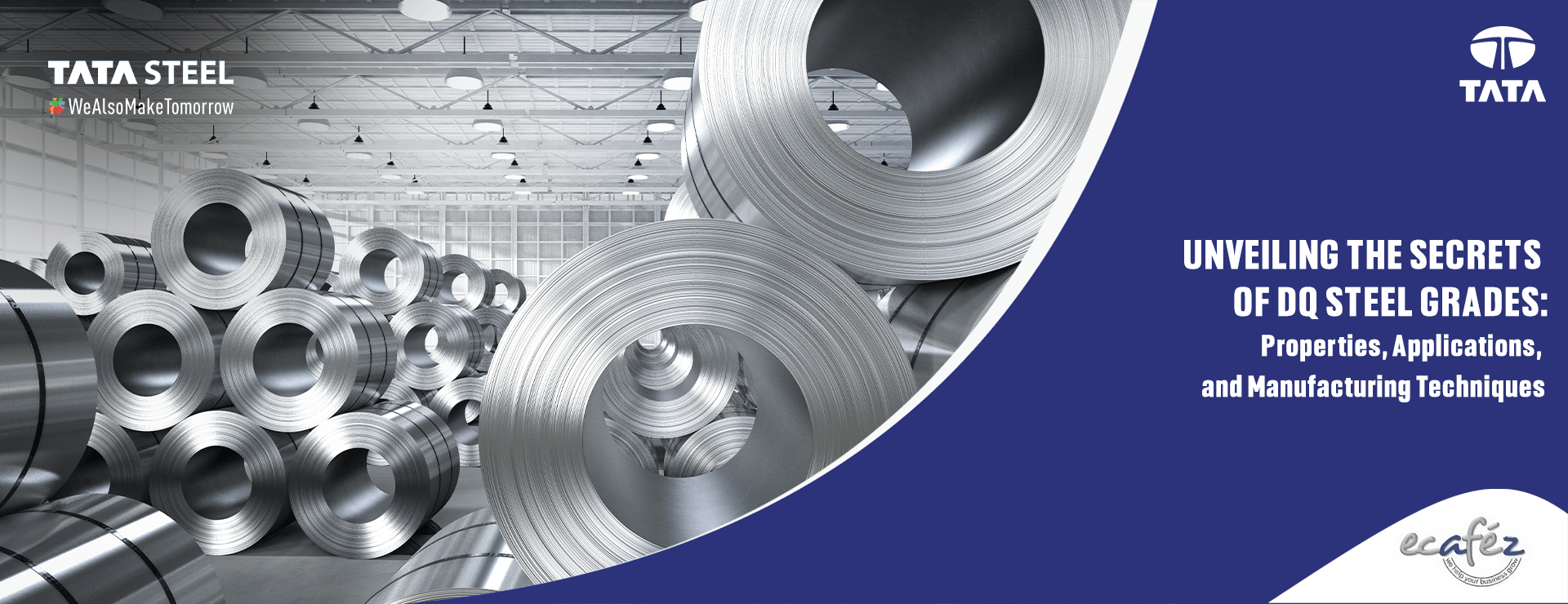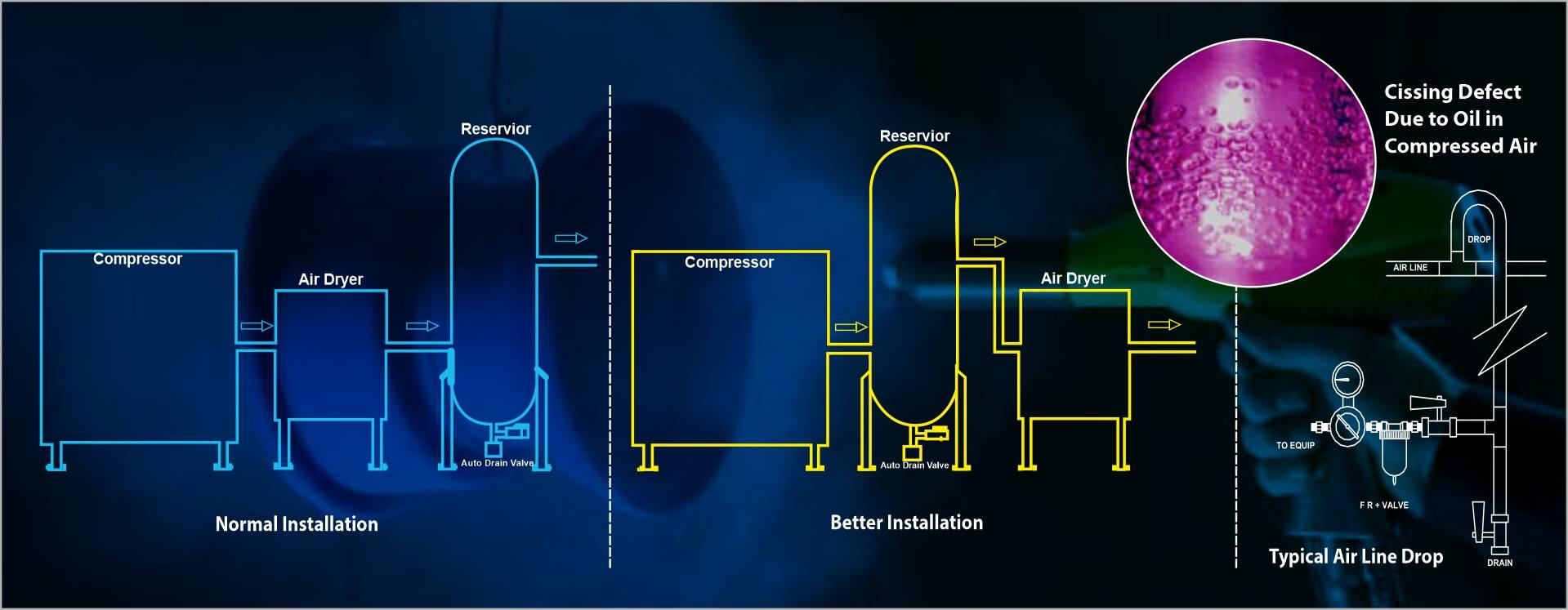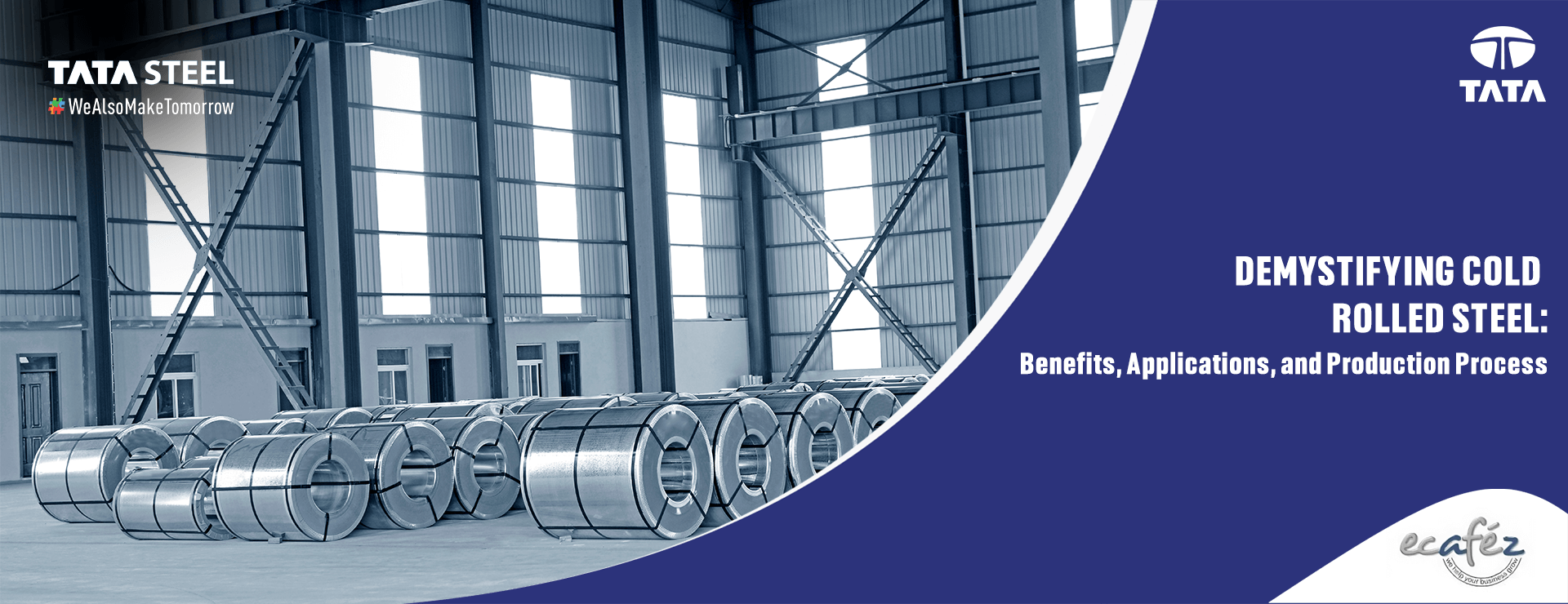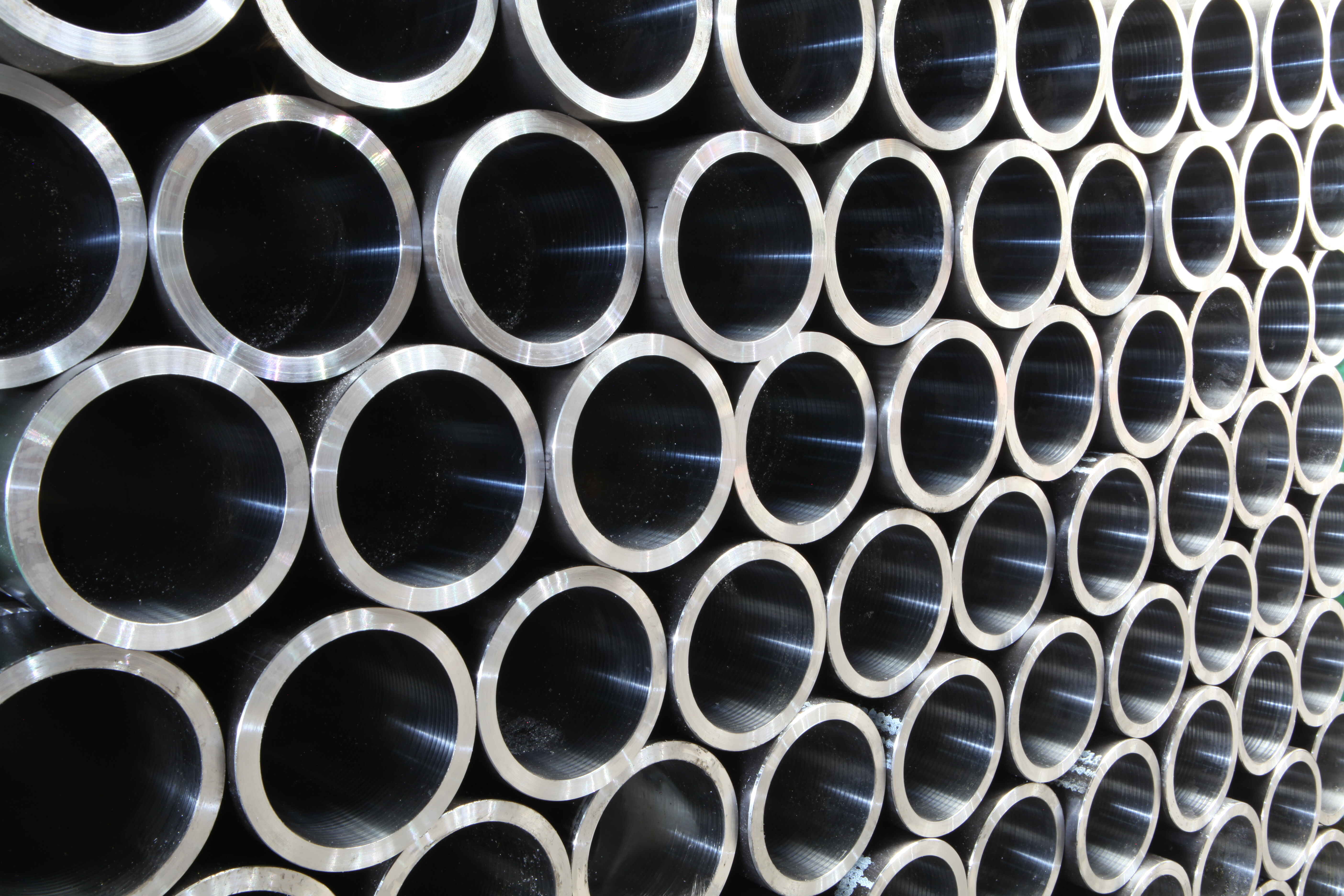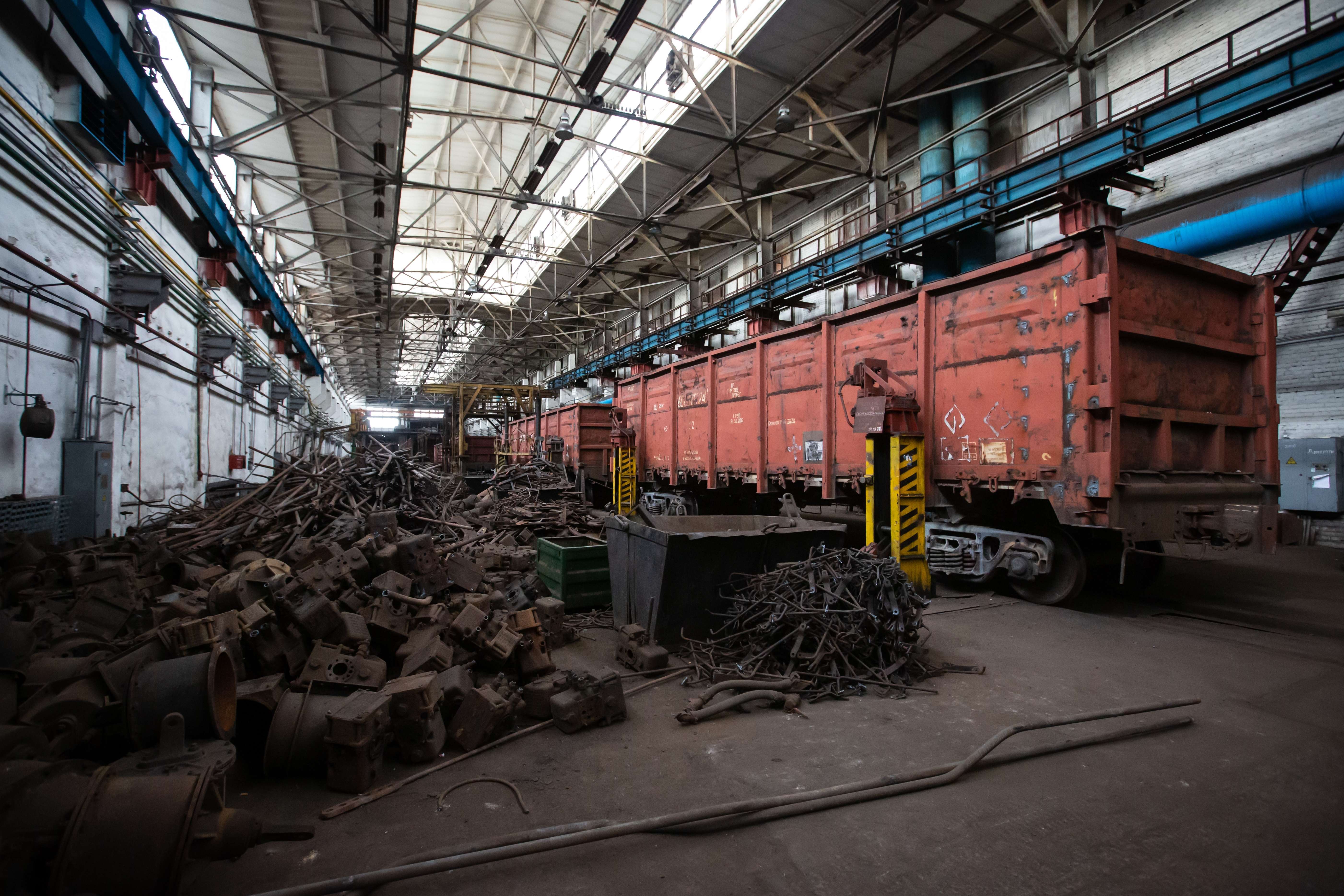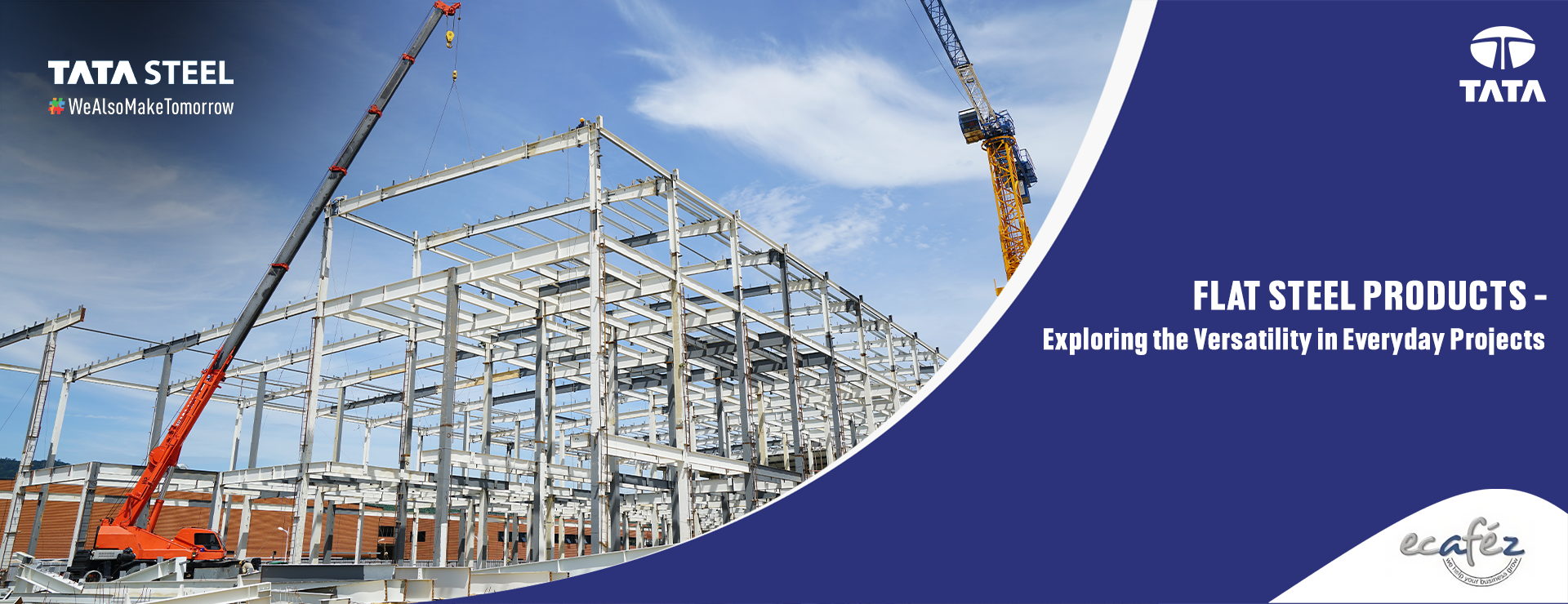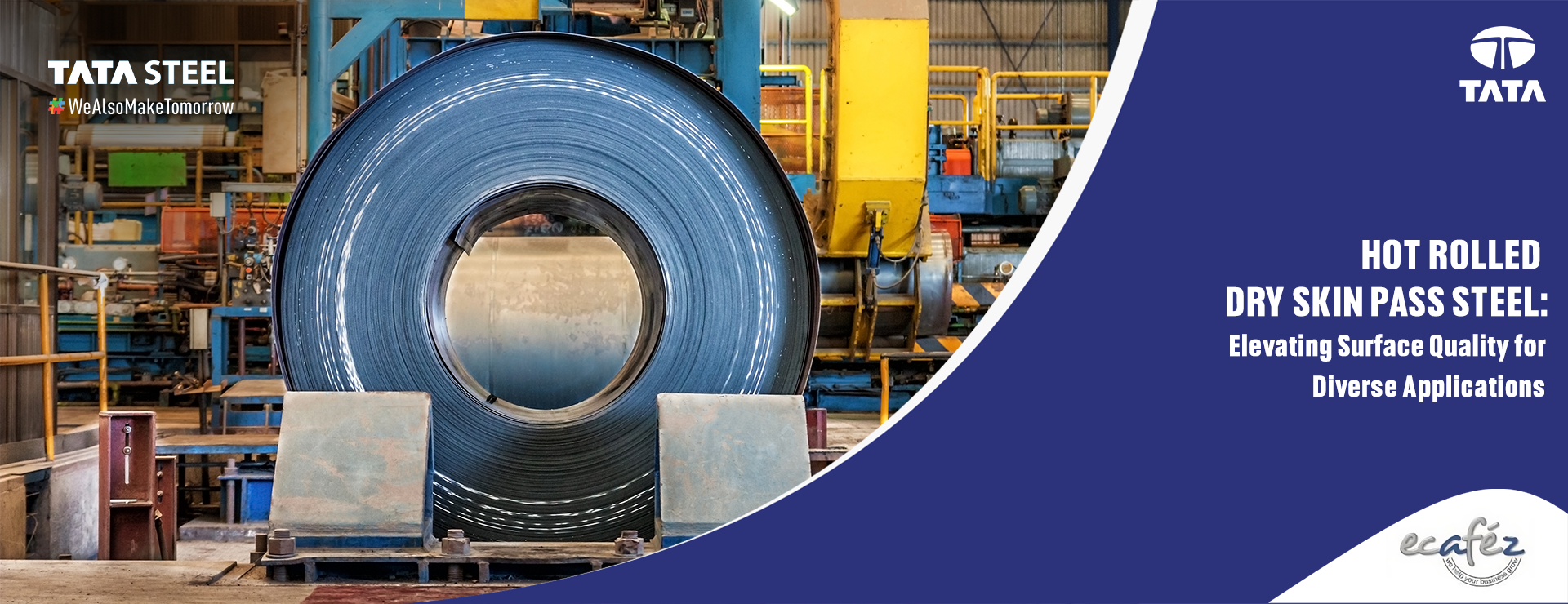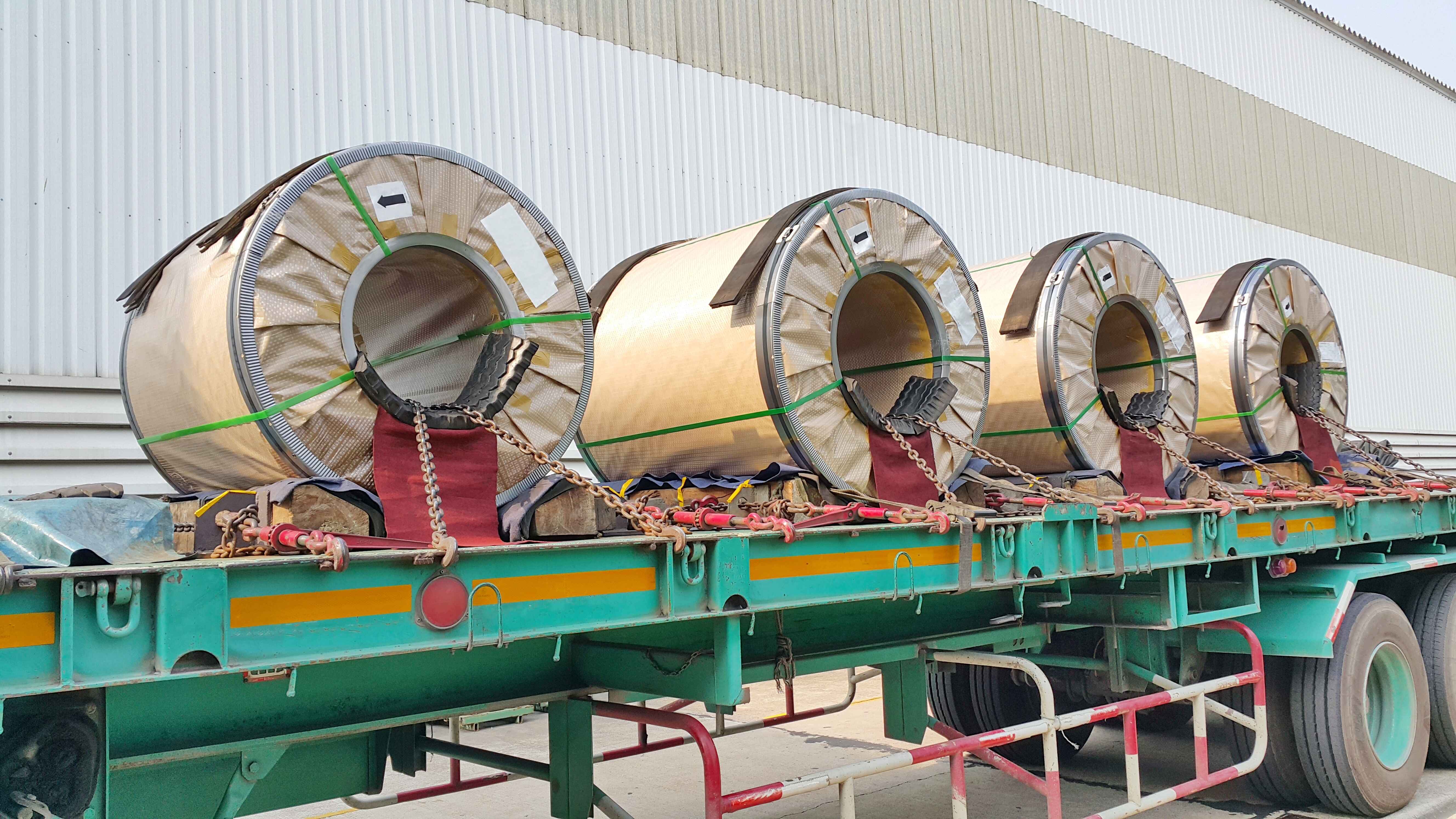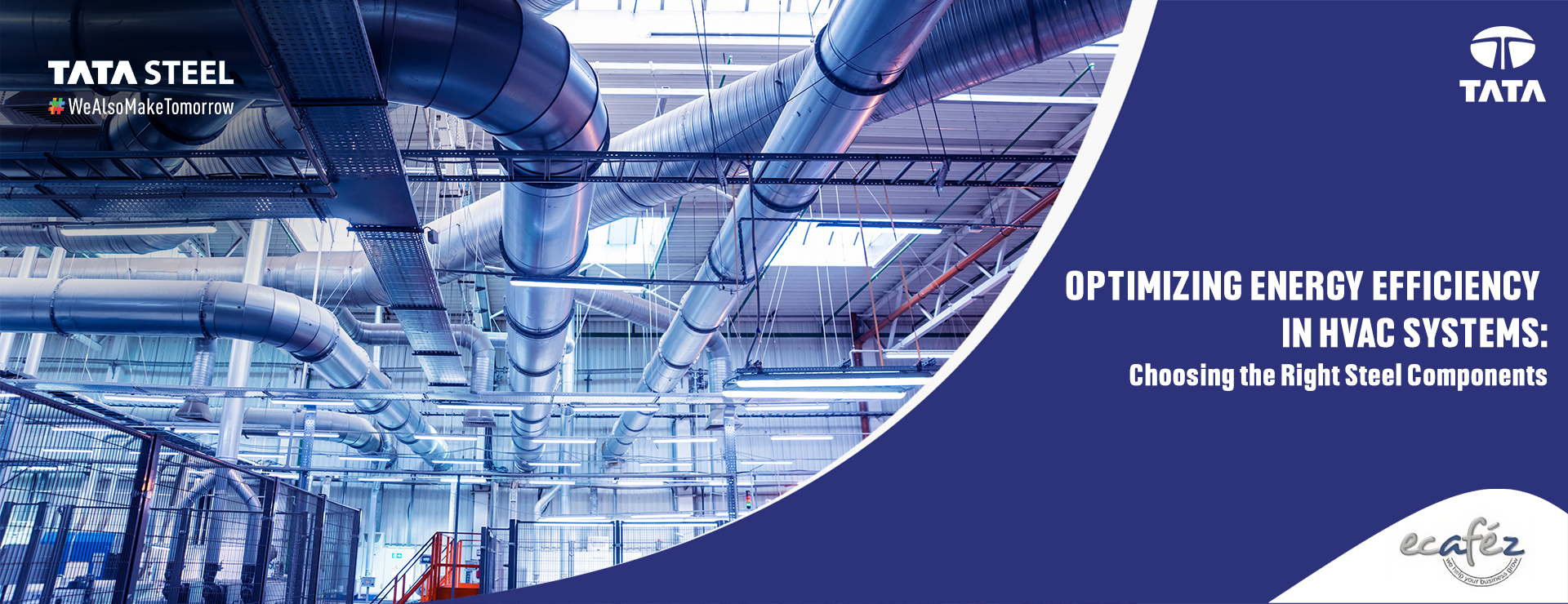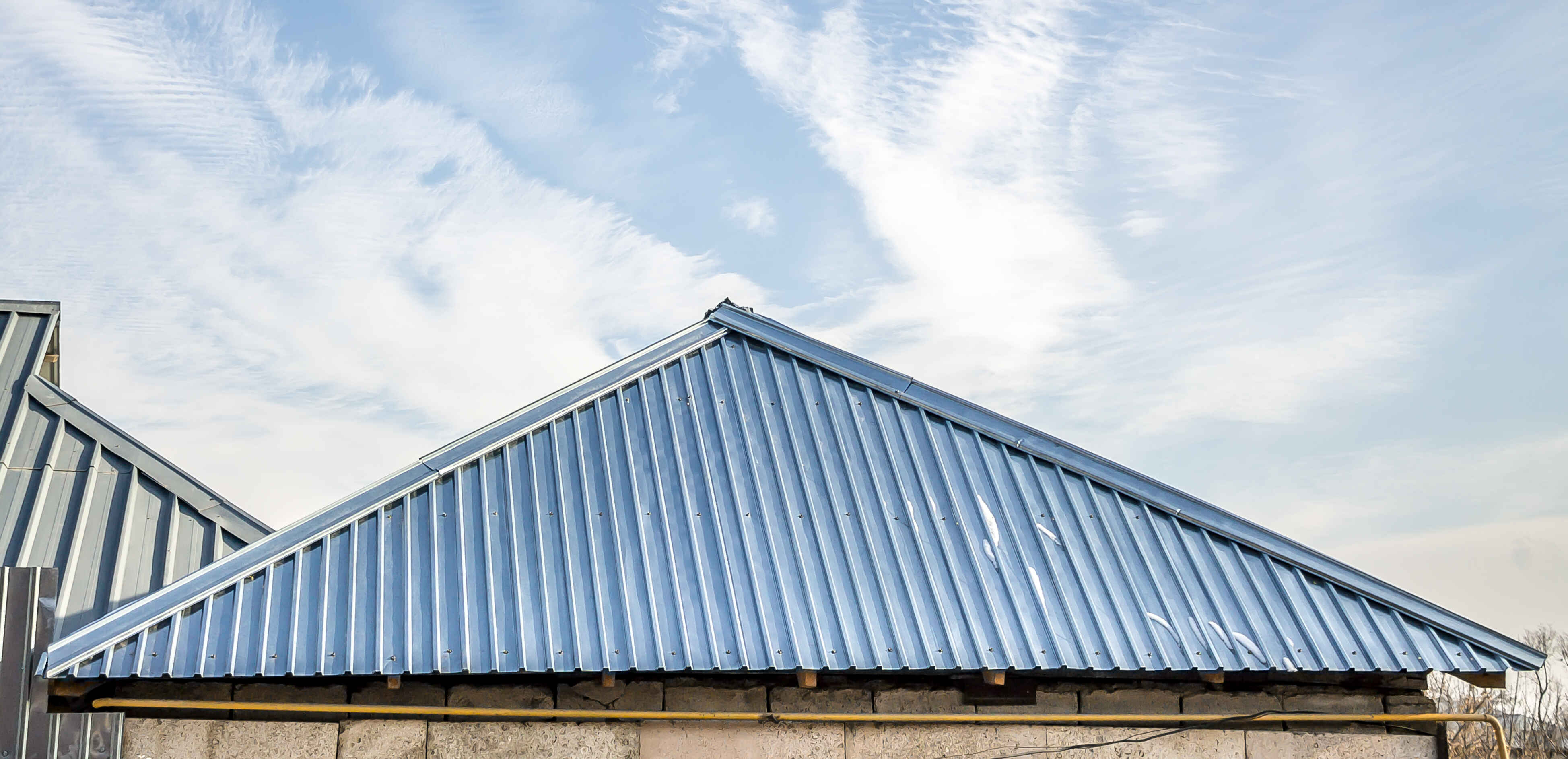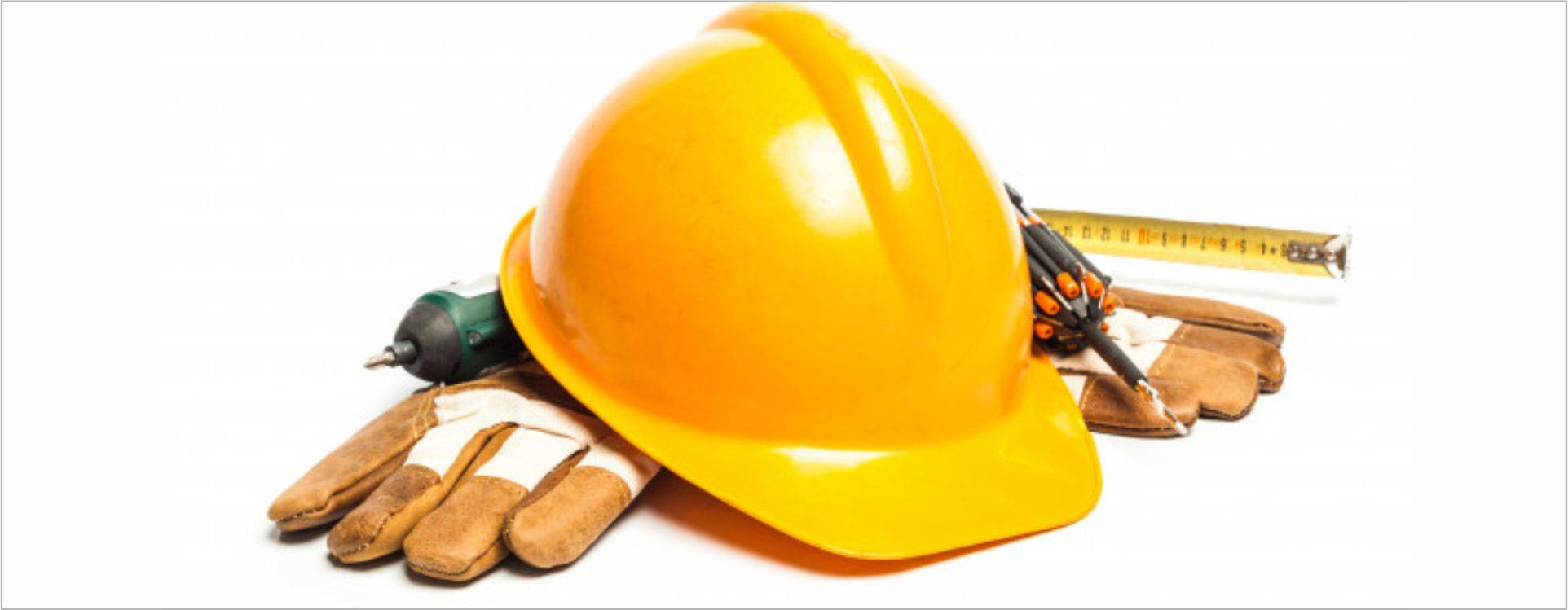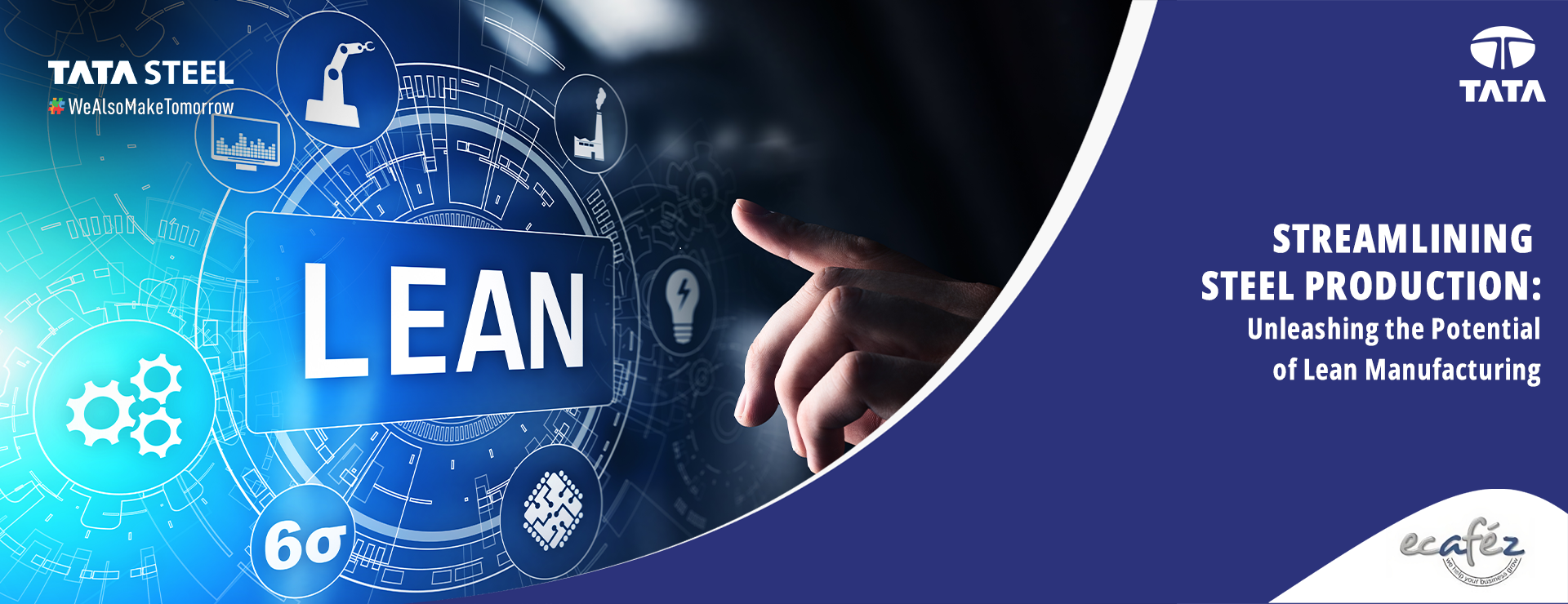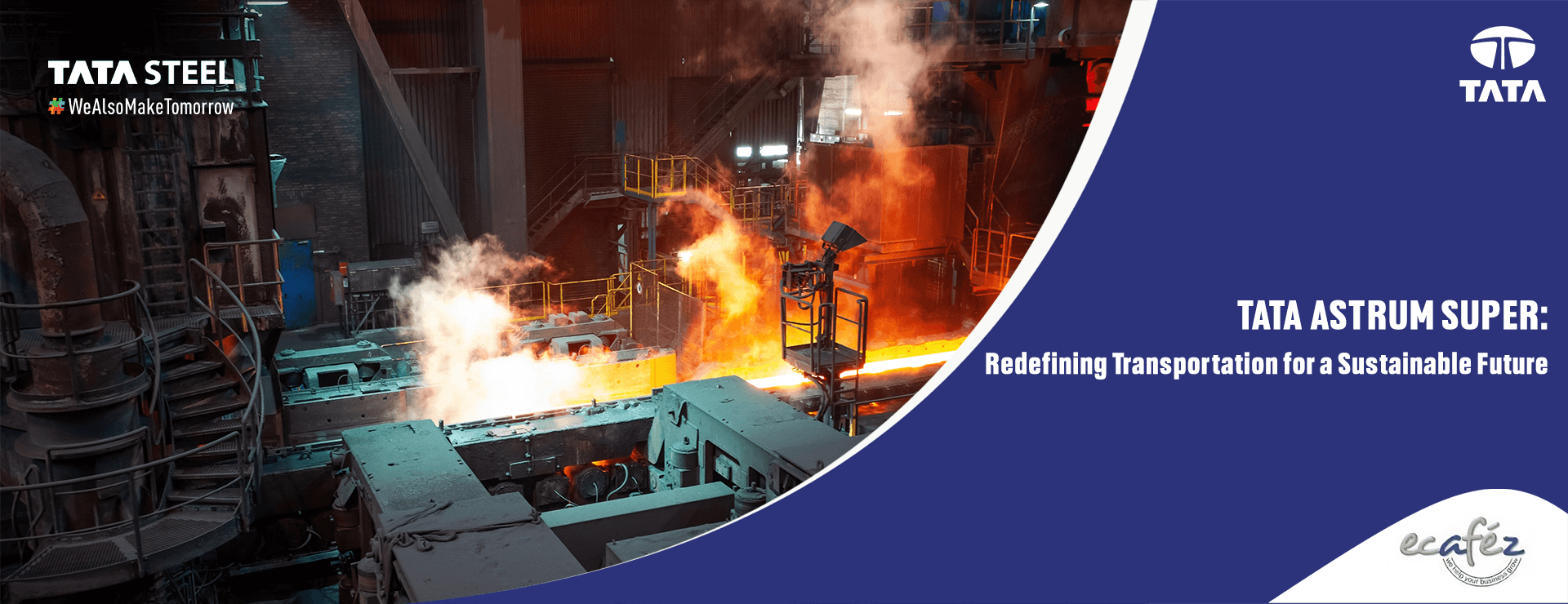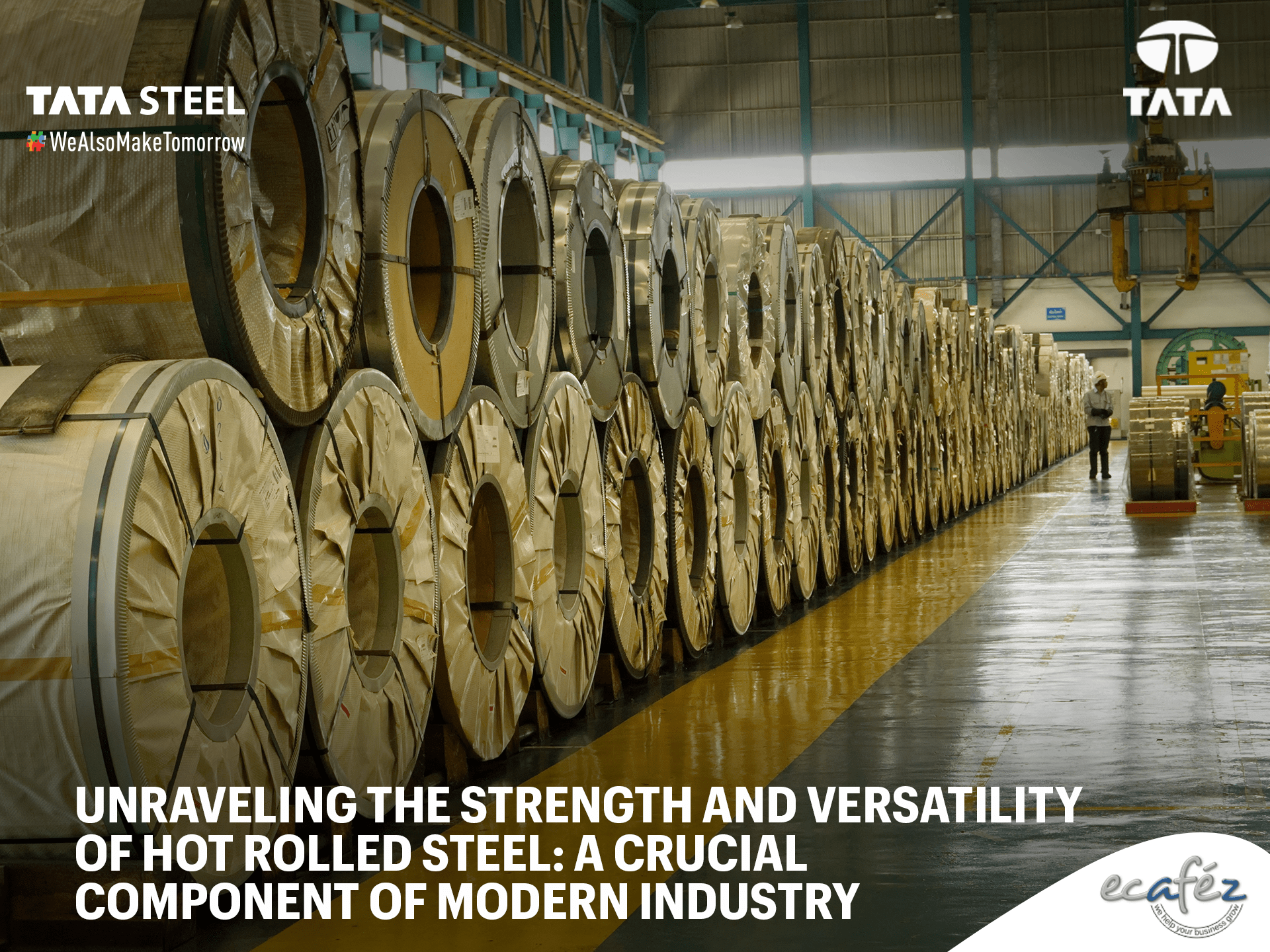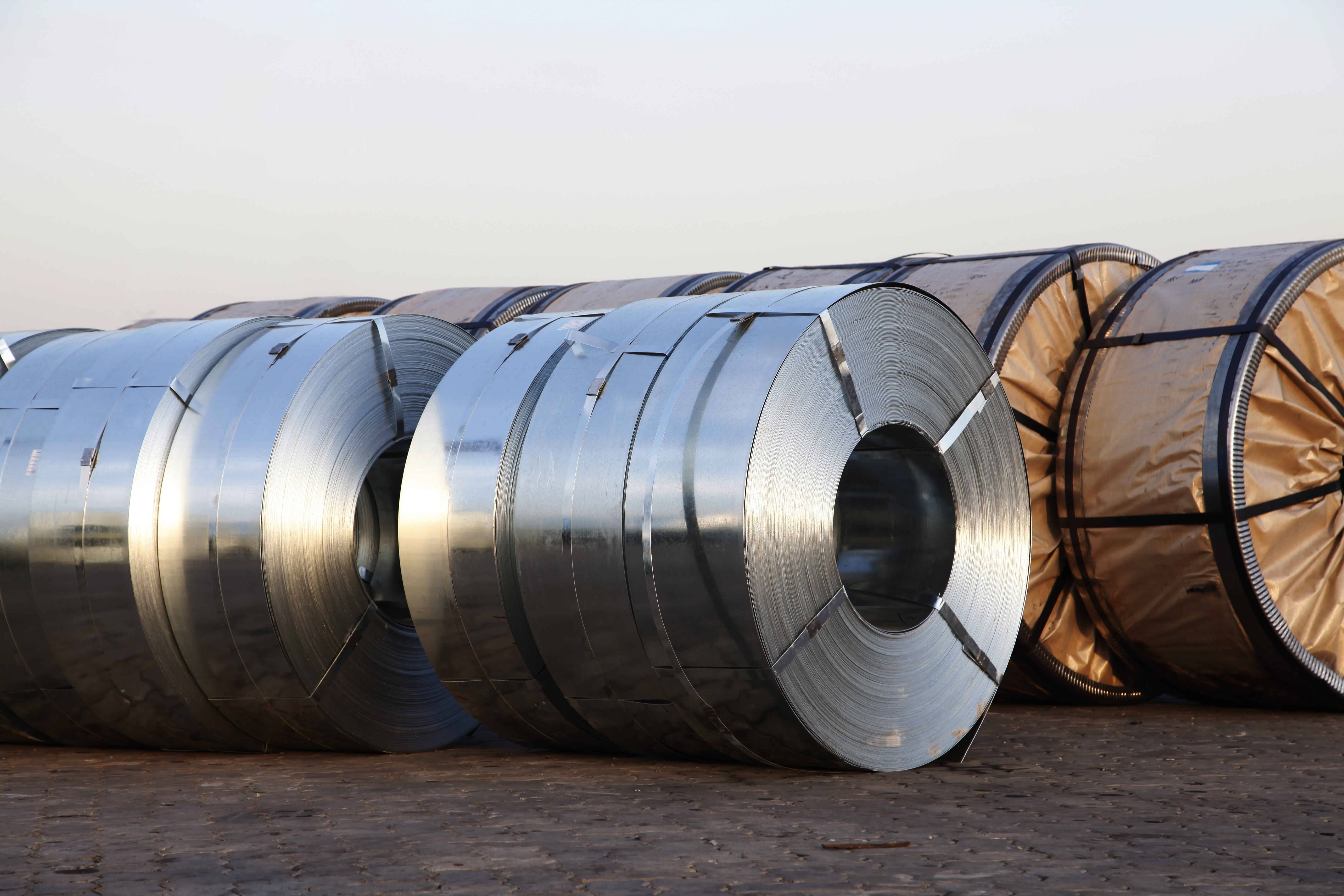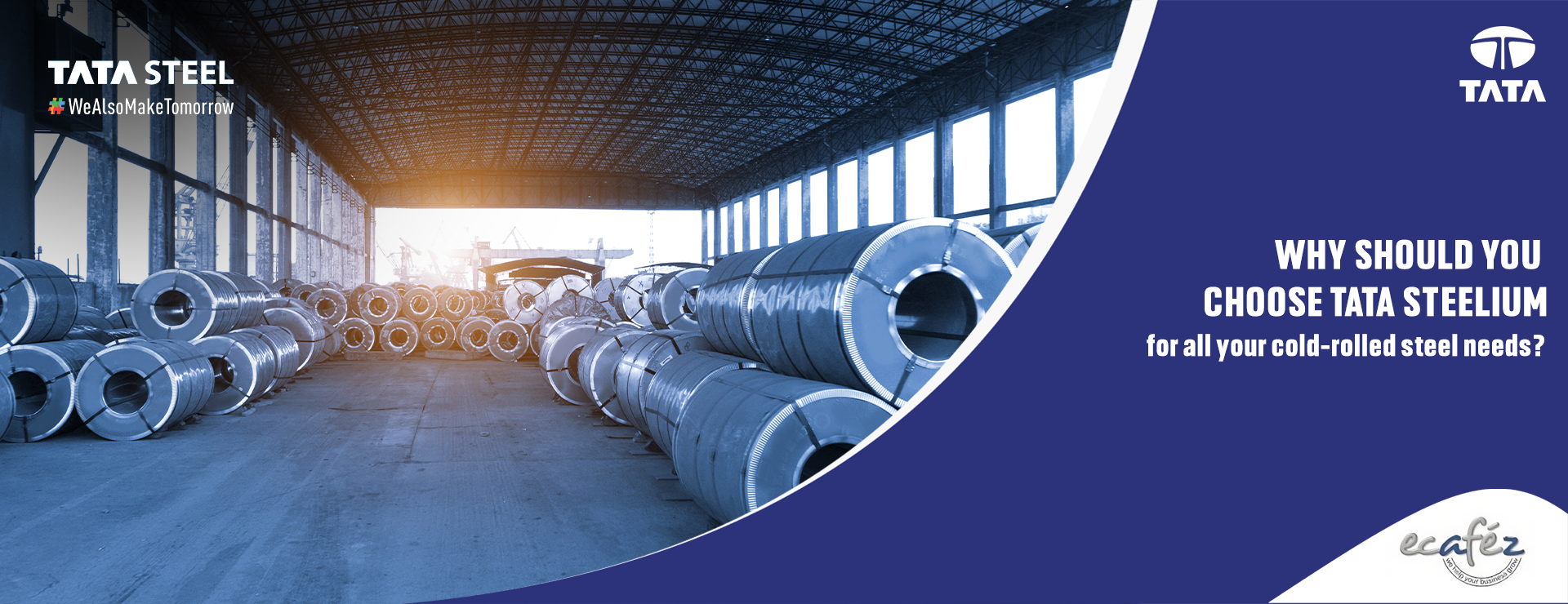DQ Steel, or Drawing Quality Steel, is one of the widely used steel varieties that is used in fields ranging from the automotive industry to home furniture, but what makes it so versatile?
Steel's qualities of versatility and long-term durability are among the many reasons why one uses it to manufacture products. However, there are various types of steel that are fit for different applications owing to their unique properties and way of manufacturing — so how do you know which steel is the best for you? The key is in knowing the grades of steel.
Steel grade refers to the quality and composition of the steel. Steel is a combination of iron and carbon, with additional elements like manganese, and silicon, often along with traces of nickel, chromium, and vanadium. It's not just a mere combination of different components there are a total of 3,500 grades of steel. One can determine the grade of steel based on the carbon content in it. These elements' composition, along with the steel's processing and treatment, significantly impacts its characteristics, including strength, hardness, ductility, and resistance to corrosion.
Steel grades are typically denoted by a numeric or alphanumeric code that signifies the steel's composition and properties. For instance, the widely employed steel grade 304 is austenitic stainless steel comprising 18% chromium and 8% nickel, known for its corrosion resistance and high-temperature strength. Another commonly used steel grade is A36, a carbon structural steel with a minimum yield strength of 36 ksi (kilo-pounds per square inch).
DQ or Drawing Quality Steel Grade
Drawing Steel or also referred to as DQ specifies the quality of a particular steel product. Compared to commercial steel, this cold-rolled variant has greater ductility owing to its stringent manufacturing standards, resulting in enhanced performance during the production process. The high formability steel provides assurance of quality when compared to regular standard-compliant steel grades. DQ steel's high formability and low carbon content allow it to be used for welding, yet its relatively low yield (compared to other steels) makes it susceptible to fatigue and denting.
How does Drawing Quality steel differs from Commercial steel?
DQ steel is known for its high-quality manufacturing process, carbon content, and excellent ability to be shaped and welded accurately. This makes it a perfect choice for applications where shaping and welding capabilities are necessary.
Applications of cold-rolled drawing quality steel
Owing to this quality, cold-rolled drawing quality steel is extremely versatile and can form various shapes that are often used for everyday usage products to heavy-duty purposes. Let’s briefly understand the applications of DQ steel and why it is most preferred in the industrial sector as compared to commercial quality steel.
1. Automotive industry: Used in the automotive sector to manufacture parts that require deep drawing, such as body panels, bus body panels, hoods, fenders, car doors, etc.
2. Kitchen appliances and essentials: Used in the production of various household appliances, like washing machine drums, refrigeration components, and small appliance casings such as grinder mixers, blenders, etc. Additionally, it is also used to create steel kitchen sinks and other storage-based containers like large grain bins.
3. Home metal essentials: Excellent formability makes DQ Steel suitable for forge furniture components and frames of beds, wardrobes, outdoor sheds, garages, cabinets, etc.
4. General fabrication: DQ steel is used to create steel sheets, steel coils, etc.
5. Construction Components: DQ steel can be used to fabricate steel structures such as columns, joints, beams, roofing, and walling solutions, along with the largescale bridges and railway components.
What are the benefits of cold-rolled drawing steel?
Improved Surface Quality: It provides a superior surface finish compared to hot-rolled steel. It exhibits fewer surface defects and a smoother texture, contributing to the improved aesthetics of cold-rolled steel. As a result, drawing steel is increasingly preferred for specific applications, such as bridge building and panels.
Enhanced Strength: It possesses greater strength as during the cold-rolling process at room temperature, the steel undergoes strain hardening, thus enhancing its strength.
Heightened Precision: Cold-rolled steel's inherent lack of flexing during forming enables the achievement of more precise geometrical shapes and configurations.
How is it manufactured?
Cold-rolling, or the process of manufacturing drawing quality steel, involves passing it through a series of rollers, gradually reducing its thickness, and shaping it into desired forms like sheets, strips, and coils. This process offers exceptional precision and consistency. Since the steel is cold-processed, conducted at or below room temperature, it exhibits minimal warping or distortion during manufacturing. Furthermore, the cold-rolling technique yields a remarkably smooth and polished surface finish, making it a perfect choice for applications where appearance is crucial.
Comparatively, hot-rolled steel comes at a lower cost due to its larger dimensional tolerance and lower-grade surface finish. On the other hand, cold-rolled steel is more expensive but compensates with a consistently superior surface finish and greater dimensional accuracy.
If you are looking to purchase different drawing quality steel products and components, then contact experts at DigEca.
How DigEca can help?
DigEca offers an organized business management method to track buy orders, inquiries, and reports. It allows one to have a central location for all significant reports. DigEca will ensure you have all the help you need, not just answers to your questions.
